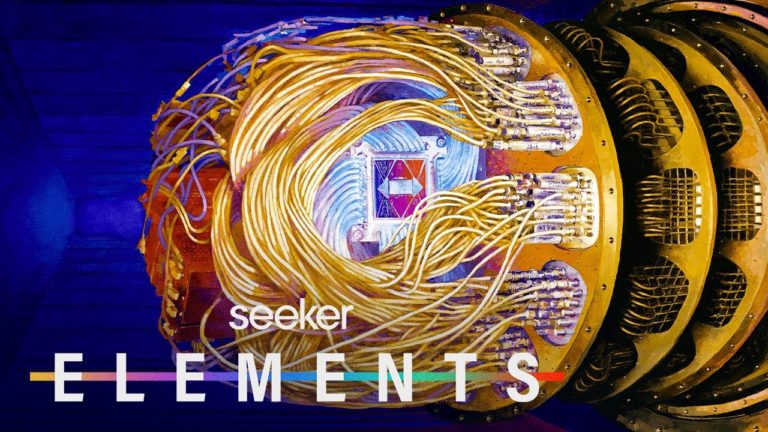Google Made a Time Crystal That Defies Physics
Google has been tinkering with one they’ve dubbed Sycamore and its biggest success to date was massively outperforming a conventional supercomputer, albeit in one task that was tailor-made to play to its strengths. Now, though, Google along with collaborating researchers have announced that they’ve used their quantum computer to create a newly defined phase of matter: a time crystal.
Yes you heard that right, according to a preprint paper by Google the company stated they’ve used their quantum computer to create time crystals. But before you go thinking I’m talking about some mystical sci-fi gemstone that allows its wielder to bend time to their whim, I should clarify what a time crystal is exactly.
Ordinary crystals like diamonds have their atoms arranged in repeating patterns in space. In 2012, physicist and Nobel Laureate Frank Wilczek wondered if an object could exist with a crystal-like pattern but instead of that pattern repeating physically, it repeated through time.
Wilczek wondered if an object could change and then revert back to its original state, flipping back and forth in regular intervals indefinitely with no energy input. A phase of matter locked in a self-sustained cycle of change. It’s a cool idea but there’s a problem: a Wilczekian time crystal basically achieves perpetual motion and that is a fundamental no-no.
Wilczek wondered if an object could change and then revert back to its original state, flipping back and forth in regular intervals indefinitely with no energy input. A phase of matter locked in a self-sustained cycle of change. It’s a cool idea but there’s a problem: a Wilczekian time crystal basically achieves perpetual motion and that is a fundamental no-no. A 2014 proof showed that this iteration of a time crystal was impossible.
But physicists couldn’t be deterred and so they expanded the definition of what a time crystal could be. A so-called Floquet time crystal would flip back and forth like a Wilczekian one, but only if it’s being driven by an external source. Physicists have simulated Floquet time crystals in computers, imagining a row of particles with spins that flip up and down periodically when hit with a laser beam. This time crystal needs the laser’s cycling light waves to flip, but it wouldn’t absorb any net energy from the laser to do so.
Do not forget to share your opinion with us to provide you with the best posts !




0 Comments